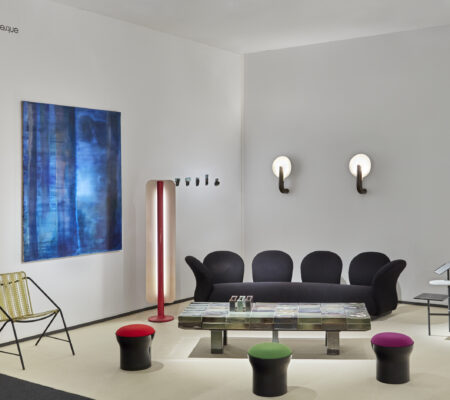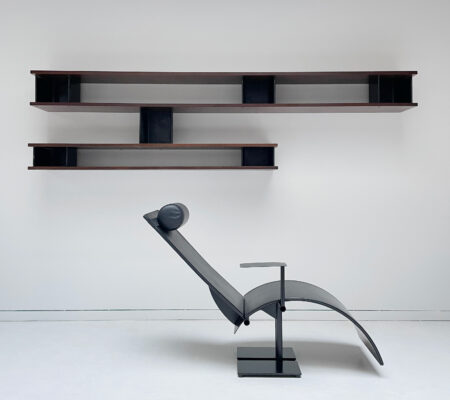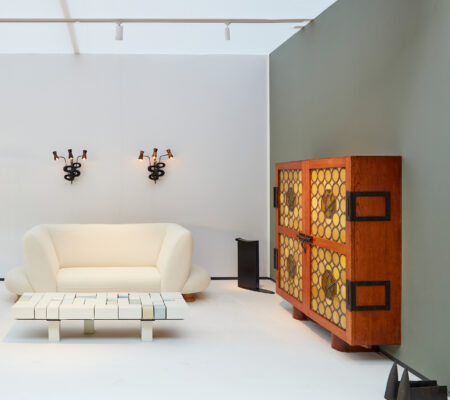Charlotte Perriand
1903-1999
Together with Jean Prouvé, Mathieu Matégot, Jacques Adnet and Jean Royère, Charlotte Perriand is considered as one of the most accomplished furniture creators of the fifties. She collaborated for a period with Le Corbusier and Pierre Jeanneret and designed several pieces of metal furniture from 1927 – such as the famous adjustable «B306» chaise-longue which was produced by Thonet two years later.
Freed from conventional aesthetics, Charlotte Perriand focused her attention on wood work where she found inspiration following her four year stay in Japan – straw, bamboo, tree branches became her favorite materials: with various combinations resulting from these. She only kept the essential volumes and ultimately distanced herself from the functionalist logic. It’s mainly after the second world war that Charlotte Perriand elaborated a new housing concept giving a human dimension to her pieces; through a free use of materials and her intimate connection with nature, she imposed a pure and powerful style through an art of living.
Keeping in mind and aware of the economic and social realities, she opted for a serial production, elaborating a synthesis between tradition and industry. In 1949, she created numerous interiors such as the lodgings in the l’Unité d’Habitation in Marseilles, with Le Corbusier and also in 1953, the student housings at the Cité Universitaire de Paris, in which an important element is a bookcase created in collaboration with Jean Prouvé.
Throughout her career, Charlotte Perriand was profoundly attached to providing and maintaining a quality of life, be it working class houses, urban or rustic dwellings, to mountain shelters or hotels. She wanted to protect the man and his environment by creating comfortable and functional furniture.
 Free-form table, 1956-1958
Free-form table, 1956-1958
 “Free form” table, 1953
“Free form” table, 1953
 “En forme” sideboard, 1958
“En forme” sideboard, 1958
 Dining table, 1964
Dining table, 1964
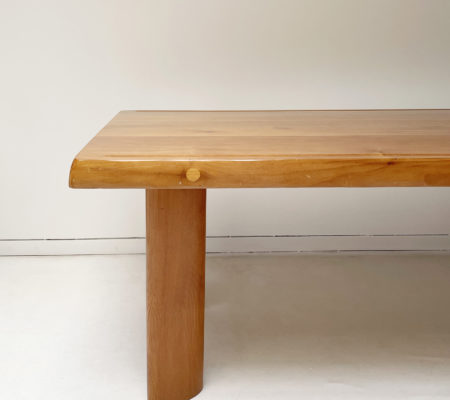 Dining table, circa 1965
Dining table, circa 1965
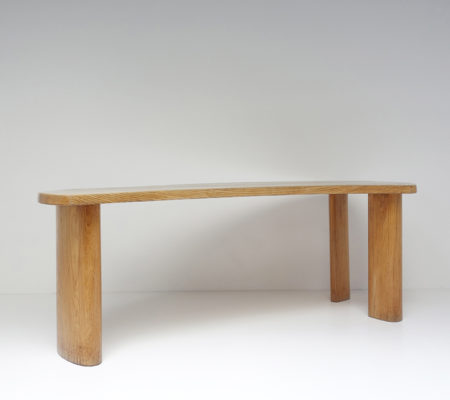 Free form desk, circa 1946
Free form desk, circa 1946
 Sideboard, circa 1955
Sideboard, circa 1955
 Rectangular coffee table, 1953
Rectangular coffee table, 1953
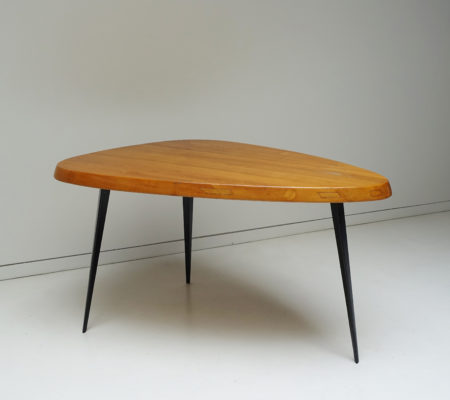 “Mexique” table, circa 1953
“Mexique” table, circa 1953
 “Forme libre” coffee table, circa 1953
“Forme libre” coffee table, circa 1953
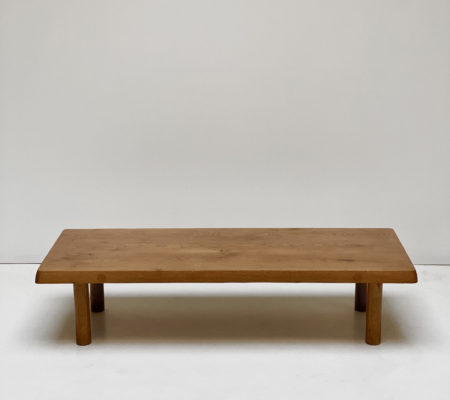 Coffee table, circa 1956
Coffee table, circa 1956
 Chair, circa 1950
Chair, circa 1950
 Wooden chair with three legs, 1954
Wooden chair with three legs, 1954
 Chair, circa 1950
Chair, circa 1950
 “Bauche” armchairs, 1947
“Bauche” armchairs, 1947
 Wall lamps
Wall lamps
 Sideboard, circa 1947
Sideboard, circa 1947
 Sideboard, circa 1947
Sideboard, circa 1947
 Sideboard 4 doors, 1958-59
Sideboard 4 doors, 1958-59
 Sideboard, 1958
Sideboard, 1958
 Sideboard, circa 1960
Sideboard, circa 1960
 Africa room divider, circa 1950
Africa room divider, circa 1950
 “Tunisie” bookcase, 1952
“Tunisie” bookcase, 1952
 “Mexique” bookcase, 1952
“Mexique” bookcase, 1952
 “Cloud” Shelf, 1959-60
“Cloud” Shelf, 1959-60
 Bookcase, circa 1960
Bookcase, circa 1960
 Asymmetric bookshelves, 1958/60
Asymmetric bookshelves, 1958/60
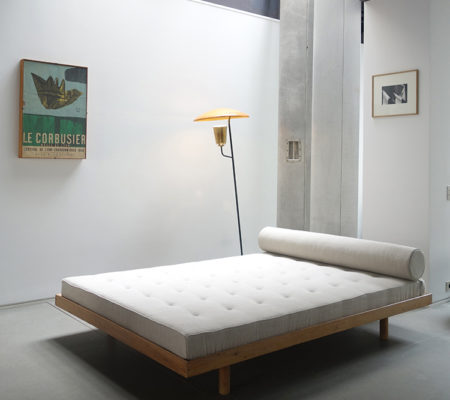 Double bed, 1959
Double bed, 1959
 Armchair B301, 1929
Armchair B301, 1929
 Table, 1966
Table, 1966
 Bookcase, circa 1955
Bookcase, circa 1955
 “Shadow” chair, 1975
“Shadow” chair, 1975
 “forme libre” table, 1959
“forme libre” table, 1959
 “Tunisie” bookcase, 1953
“Tunisie” bookcase, 1953
 “Mexique” bookcase, 1953
“Mexique” bookcase, 1953
 Sideboard, 1958
Sideboard, 1958
 Chair, circa 1950
Chair, circa 1950
 Low stool, circa 1955
Low stool, circa 1955
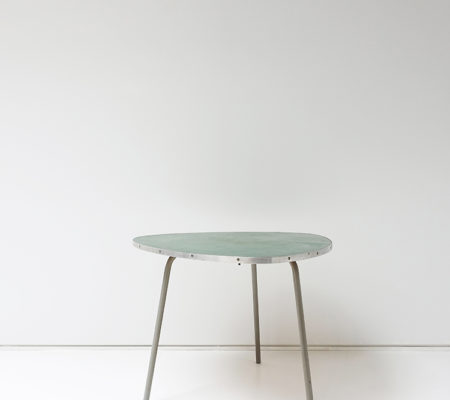 Pedestal table, circa 1950
Pedestal table, circa 1950
 Armchair B301, 1929
Armchair B301, 1929
 Bench, 1958
Bench, 1958



